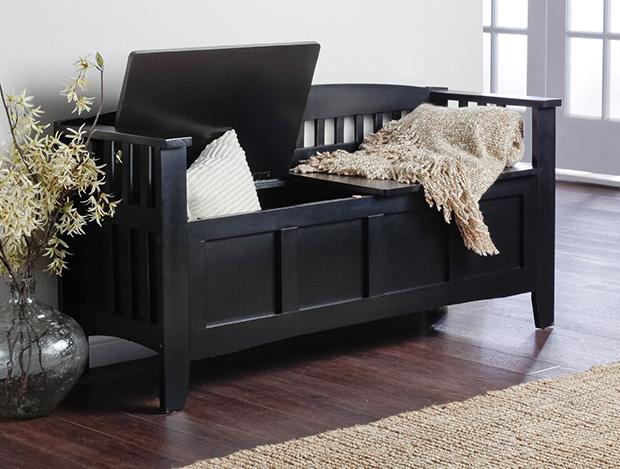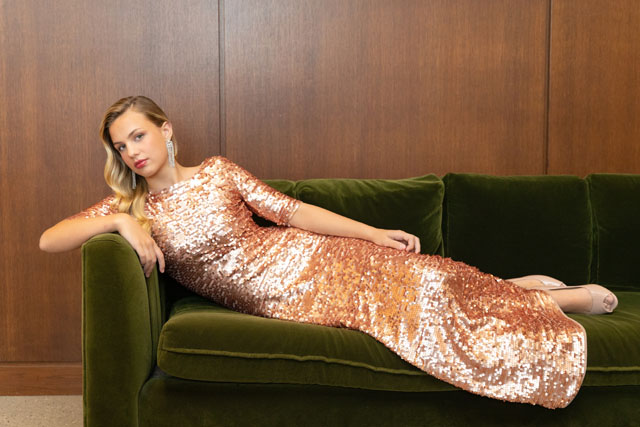Clean Up the Clutter
08 Mar 2019
Clutter can feel chaotic, but it doesn’t have to be with the right maintenance, strategy and storage.
BY TERI ERRICO GRIFFIS

You hear the word “clutter” often, especially with Marie Kondo’s “The Joy of Tidying Up” craze and Netflix spin-off. This disorderly word brings up visions of paper stacks toppling over themselves, hallways of stuff you have to walk over, counters you can’t seem to find. But clutter doesn’t always mean having too many things, says Sharon Payer, Interior Stylist and Owner of The Station Park Circle, it’s more about having many things that aren’t organized.
Be honest—you have that space. Your house may be immaculate (or not, we don’t judge!) but you still have that one place you can’t ever keep tidy and it tries on you. Payer is right there with you. “Clutter stresses me out and leaves me feeling overwhelmed. Seeing piles of magazines, scattered toys, clothes laying on the floor or mail on the counter, it makes me feel that there is just another thing I have to tackle that day.”
No matter how big or small that one space, or spaces, are, they pull at you negatively. “De-cluttering makes your home feel less chaotic, thus affecting our mood by reducing our anxiety,” Payer explains. “A decluttered home gives us a sense of comfort and relaxation.”
Deciding where to start de-cluttering can sometimes be the hardest part. Says Payer, “Don't tackle an entire room at once. Break it down and start in one area at a time.” For the kitchen, maybe it’s a cabinet, or a section of the counter. For the closet, begin with the shelves, then the racks. For the living room, tackle the console table or one bookshelf at a time. “Breaking it down and finishing one area at a time gives you a sense of accomplishment and can be a great motivator to start the next area.”
Tidying up and decluttering doesn't mean you have to get rid of everything and go minimal. “By keeping like items contained to one specific area, you'll ensure they stay organized and look purposeful,” says Payer. For example, gather your family photos on one table or wall gallery. Keep your magazines contained in a magazine rack or books neatly stacked on a shelf or coffee table.
Want to store those items instead? Bins are great for spaces like closets, which almost always have untapped real estate up high. “Add an extra shelf to store holiday décor, a memory bin or anything you don't access frequently,” Payer suggests. “Have a designated spot for everything: a hamper for dirty clothes, separate bins for purses and hats, lower shelves for your shoes, and belt and tie hangers.”
For living areas, storage ottomans are great solutions for extra blankets, toys, books, etc. End tables with drawers will stow away candles, coasters, remotes and gadgets. In the foyer, benches with lift-up seating or a bottom shelf can store shoes, bags, backpacks and more. In the kitchen, a magnetic board or corkboard can keep important mail and to-do lists.
If you create these designated areas, most importantly, Payer adds, use them! Don't toss your shoes in the closet or your clothes on the floor. Take the few seconds to put things where they belong and maintain your de-cluttered space. “Be proactive and consistent with your organization. Making it part of your daily routine won't allow it to build up week after week,” Payer says. Do a big de-cluttering every six months. If you haven’t used it, worn it or thought about it in that timeframe, pass it on or donate it. “I believe our mood is directly affected by our surroundings. Just like a great outfit and accessories can make our day, a great space can do the same for our lives."












